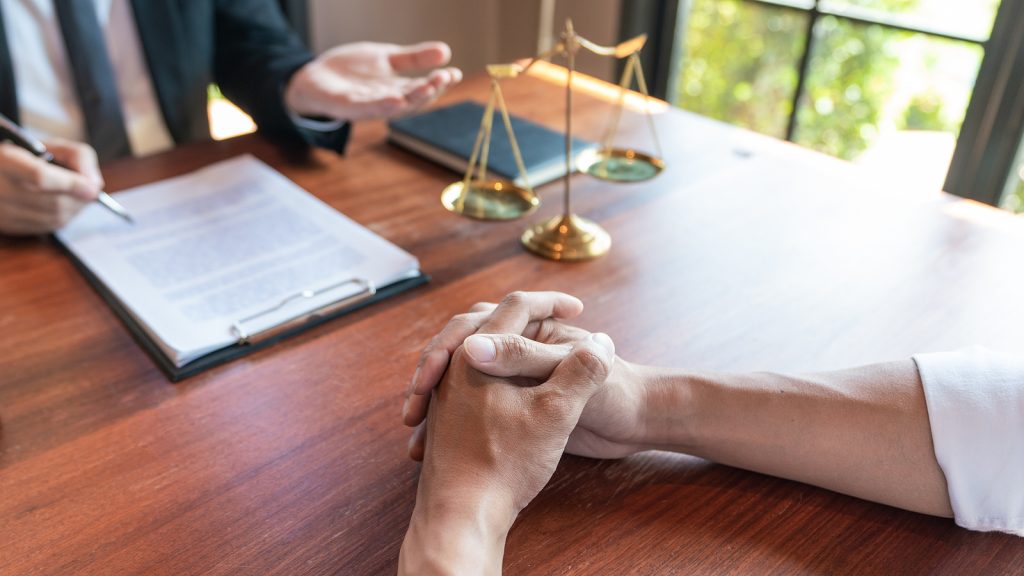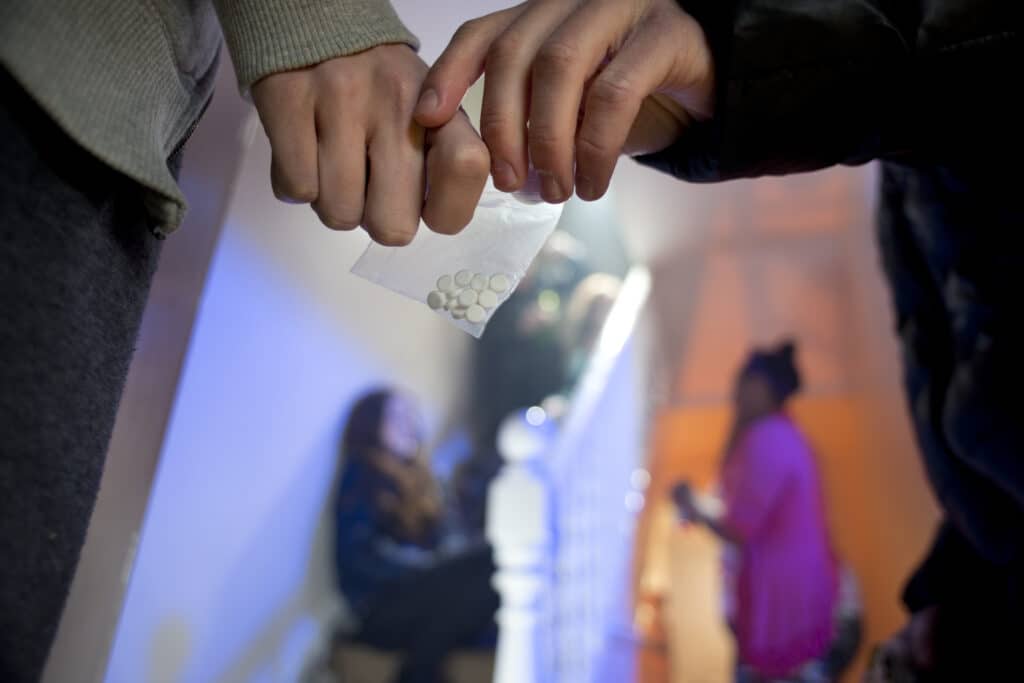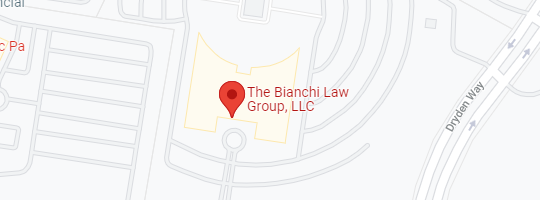In State v. Nieves, ___ N.J. Super ___ (App. Div. 2023) (slip op. at 4-5, 57),[1] the Appellate Division found that expert testimony of shaken baby syndrome (SBS), also known as abusive head trauma (AHT), was not sufficiently scientifically reliable to justify its admission in a criminal trial. In Nieves the State sought to admit expert testimony to prove aggravated assault and child endangerment charges against two defendants, Mr. Nieves and Mr. Cifelli, fathers of infant sons who exhibited SBS/AHT associated symptoms while in their respective care. Id. at ___ (slip op. at 3). Dr. Medina, a child abuse pediatrician, diagnosed Nieves’s baby with SBS/AHT, with shaking only, following the baby’s third episode of “limpness.” Id. at ___ (slip op. at 6). Medina diagnosed Cifelli’s baby with SBS/AHT with or without impact after the baby was diagnosed with, among other things, old and new brain bleeds, and intraretinal and submacular retinal hemorrhages. Id. at ___ (slip op. at 8).
During the hearing in Nieves,[2] Medina, the State’s sole witness, explained that SBS/AHT results from “the movement of the brain inside the skull,” which causes “acceleration and deceleration” and “creates rotational forces” inside the head. Id. at ___ (slip op. at 8). The defense presented three expert witnesses and both parties introduced in evidence and discussed numerous scientific studies and articles during the hearing.
At the conclusion of the hearing, the Trial Judge issued a lengthy written decision determining that expert testimony of shaking-only SBS/AHT was not scientifically reliable, barred admission of the evidence at trial, and dismissed the indictment against the Nieves. Id. at ___ (slip op. at 3-4). The Trial Judge concluded that “no study has ever validated the hypothesis that shaking a child can cause the triad of symptoms associated with [SBS/]AHT,” and likened the theory to “junk science,” given the lack of testing. Id. at ___ (slip op. at 45-46). The Trial Judge found that “[SBS/]AHT is a flawed diagnosis because it originates from a theory based upon speculation and extrapolation instead of being anchored in facts developed through reliable testing.” Id. at ___ (slip op. at 45-46). The Trial Judge in Cifelli adopted that decision barring the SBS/AHT testimony, ruling that the parties had previously agreed to be bound by the Judge’s decision in Nieves. Id. at ___ (slip op. at 4).
The Appellate Division granted the State’s motions for leave to appeal and affirmed both decisions. Id. at ___ (slip op. at 4). The Appellate Division found that “evidence supports the finding that there is a real dispute in the larger medical and scientific community about the validity of shaking only SBS/AHT theory, despite its seeming acceptance in the pediatric medical community.” Id. at ___ (slip op. at 4). The Appellate Court explained that where the underlying theory integrates multiple scientific disciplines, as in the SBS/AHT theory, the proponent must establish cross-disciplinary validation to establish reliability. Id. at ___ (slip op. at 4). The Appellate Court found that the State failed to do that in Nieves. Id. at ___ (slip op. at 4). “Indeed, all the experts at the hearing agreed that, at the very least, there was controversy surrounding the theory that the biomechanical principles underlying SBS/AHT actually supported the conclusion that shaking only can cause the injuries associated with SBS/AHT.” Id. at ___ (slip op. at 4-5).
In support of that determination the Appellate Division traced the evolution of the history of SBS/AHT theory through the extensive scientific articles and studies introduced by the experts at the Frye hearing. The origins of the SBS/AHT hypothesis stemmed from a 1968 biomechanical concussion study, in which “monkeys were strapped into a chair with wheels, accelerating them to a speed of thirty miles-per hour, and then braking to create a whiplash event to mimic a rear-end collision.” Id. at ___ (slip op. at 19-20). See A.K. Ommaya et al., Whiplash Injury & Brain Damage: An Experimental Study, 204 J. Am. Med. Assoc. 285, 286 (1968). Subsequent “shaken baby” studies built on that research. However, Ommaya criticized reliance on his 1968 study to support findings about SBS/AHT because his study involved acceleration levels for motor vehicle crashes at thirty miles-per hour, which was an improbably high speed that could not be achieved by a single manual or even a short series of manual shakes of an infant. Id. at ___ (slip op. at 23).
In fact, the defense expert in the fields of pediatric neurology and neuroimaging, testified that “he had not found any biomechanical studies that demonstrated that shaking alone could ‘create the amount of force that is thought to be needed. . . to make a baby suffer a subdural hematoma.’” Id. at ___ (slip op. at 33). Additionally, the defendant’s expert in biomechanics, testified that his biomechanical studies did not show that “shaking can actually give the injuries that are associated with it, thus undermining the biomechanical hypothesis of SBS/AHT.” Id. at ___ (slip op. at 33).
The Appellate Court found that although the State had demonstrated general acceptance of the SBS/AHT theory in the pediatric community, it failed to demonstrate general acceptance in the biomechanical community. Id. at ___ (slip op. at 57). In fact, the Appellate Court found “the evidence amply demonstrates that there is no general acceptance from the biomechanical community, and biomechanical testing has never proven the premise of SBS/AHT, despite the hypothesis being grounded in biomechanical principles.” Id. at ___ (slip op. at 57-58). “Indeed, the State failed to submit any biomechanical study that was able to confirm the theories . . . that shaking alone can create acceleration and deceleration forces sufficient to cause intracranial trauma.” Id. at ___ (slip op. at 58). The Appellate Court explained that “[a]lthough unanimity of view is not a prerequisite to satisfying the general acceptance and reliability standard, . . . the dispute runs deeper than diversity in view and goes to the very foundation of the SBS/AHT hypothesis.” Id. at ___ (slip op. at 58) (citation omitted). “One cannot conclude that SBS/AHT is ‘state of the art,’ . . . when the very basis of the theory has never been proven.” Id. at ___ (slip op. at 58) (citation omitted).
Thus, the Appellate Division agreed with the Trial Court that the State had not “demonstrated general acceptance of the SBS/AHT hypothesis to justify its admission in a criminal trial.” Id. at ___ (slip op. at 57). “Because biomechanical theory is the foundation of the SBS/AHT hypothesis, the lack of biomechanical support renders the theory scientifically unreliable, notwithstanding its support in the pediatric community.” Id. at ___ (slip op. at 59). As a result, the Appellate Division affirmed the dismissal of the indictment, reasoning that without SBS/AHT testimony the State cannot demonstrate a necessary element of aggravated assault and child endangerment—that Nieves caused harm. Id. at ___ (slip op. at 61). The Appellate Division also affirmed the dismissal of Cifelli’s indictment, finding the disposition in Nieves resolved the admissibility of SBS/AHT testimony under Frye, regardless of the propriety of the judge’s decision to be bound by another court’s ruling. Id. at ___ (slip op. at 63). “Because we have resolved the scientific reliability and admissibility of SBS/AHT testimony, our holding must be accorded conclusive weight.” Id. at ___ (slip op. at 64).
Criminal law, particularly after the measures taken by our Supreme Court during the COVID pandemic, is constantly changing and/or being refined by our courts. If you are facing criminal charges you should immediately reach out to our team of experienced former prosecutors to schedule a free case review with one of our expert criminal defense attorneys. A complete understanding of criminal law by your attorney is crucial to your defense. Your rights and freedoms are in jeopardy, and you owe it to yourself to act. We are available to provide immediate assistance and further counsel on your criminal case at (862) 315-7929.
[1] I included citations to the New Jersey Court official opinion available at https://www.njcourts.gov/system/files/court-opinions/2023/a2069-21a2936-21.pdf
[2] The N.J.R.E. 104 hearing in Nieves was conducted in accordance with Frye v. United States, 293 F. 1013 (D.C. Cir. 1923). Thereafter, in State v. Olenowski, 253 N.J. 133, 153 (2023), the Supreme Court adopted a “Daubert-type standard in criminal cases.” See Daubert v. Merrell Dow Pharms., Inc., 509 U.S. 579 (1993). Because the holding in Olenowski was not retroactive, the Appellate Division in Nieves reviewed the trial court’s decision under the Frye standard and took no position on the outcome under a “Daubert-type” analysis.
No aspect of this attorney advertisement has been approved by the Supreme Court of New Jersey











